Pink Guava

The Pink Guava strain, notable for its distinctive blend of grapefruit, apricot, and pear flavors, occupies a unique position within the cannabis community.
Its effects, which range from inducing a state of giggliness to fostering a sense of arousal and increased sociability, have garnered attention. However, the experience is not without potential drawbacks, such as headaches and dry mouth.
As we explore the genetic lineage, THC/CBD content, and terpene profile of this strain, a deeper understanding of its versatile applications, including its purported benefits for anxiety, stress, and depression, emerges.
Yet, the conversation around Pink Guava is far from complete, inviting further exploration into its complexities and how it compares to its contemporaries in the cannabis market.
Genetic Lineage
Delving into the genetic lineage of the Pink Guava strain reveals a complex heritage that includes its progeny, RS1 and RS11, underscoring the significance of its genetic background in shaping its distinct effects, flavors, and therapeutic benefits. The parent strain, Pink Guava (PGv), imparts its unique characteristics to RS1 and RS11, showcasing the intricate interplay of genetics within cannabis cultivation. This ancestral connection highlights the importance of understanding genetic lineage in predicting the properties of derivative strains.
The inheritance pattern observed in the Pink Guava strain and its offspring illustrates how specific genetic traits are passed down and expressed in subsequent generations. This knowledge is crucial for cultivators aiming to breed strains with desired attributes, such as enhanced flavor profiles or targeted therapeutic effects. Furthermore, for consumers and medical patients, recognizing the lineage of Pink Guava can guide them towards strains with similar benefits and experiences, ensuring a more informed selection process.
THC/CBD Content
Analyzing the Pink Guava strain reveals a significant THC content of 20-25%, juxtaposed with a minimal CBD presence, below 1%. This high THC level is indicative of the strain’s potent psychoactive effects, which are sought after by consumers looking for a strong and impactful experience. On the other hand, the low CBD content suggests that the Pink Guava strain may not be the best choice for those seeking the therapeutic benefits frequently associated with CBD, such as anti-inflammatory and analgesic effects.
| Compound | Content (%) | Associated Benefits |
|---|---|---|
| THC | 20-25 | Potent psychoactive effects |
| CBD | <1 | Minimal therapeutic benefits |
| Ratio | High THC:Low CBD | Strong psychoactive, limited medical |
The disparity between the THC and CBD content underscores the strain’s orientation towards recreational use rather than medical. While the high THC content contributes to the Pink Guava’s popularity among those seeking intense effects, it also means that the strain offers limited direct medical benefits, which are often associated with higher CBD ratios. This analysis suggests that while Pink Guava may be effective for recreational purposes, its utility in medical applications may be restricted due to its cannabinoid profile.
Terpene Profile
Having examined the cannabinoid profile of the Pink Guava strain, attention now turns to its terpene composition, which plays a crucial role in defining its aromatic and therapeutic properties. The terpene profile of this cannabis strain is marked by the presence of myrcene, limonene, and caryophyllene, each contributing distinctively to its appeal and potential health benefits.
Myrcene, known for its earthy and herbal aroma, is the cornerstone of Pink Guava’s relaxing effects. This terpene is prevalent in many cannabis strains, suggesting a foundation for similar effects to Pink Guava in terms of relaxation. Limonene, on the other hand, introduces a bright, citrusy flavor profile, enhancing the strain’s ability to uplift moods and relieve stress, aligning with cannabis’s therapeutic use for mood disorders.
Caryophyllene, with its spicy and peppery notes, rounds out the terpene profile by offering potential analgesic and anti-inflammatory properties. This terpene’s presence is especially significant, given the growing interest in cannabis strains that can manage pain without traditional pharmaceuticals.
Together, these terpenes create a harmonious blend that not only defines Pink Guava’s unique aroma and flavor but also underpins its therapeutic potential. This synergy underscores the importance of terpene profiles in the broader context of cannabis research and strain selection.
Effects
Exploring the Pink Guava strain reveals a spectrum of effects, ranging from feelings of euphoria and increased sociability to potential therapeutic benefits for anxiety, stress, and depression. Users frequently report sensations of being giggly, aroused, and more talkative, which underscores the strain’s capacity to enhance social interactions and elevate mood. These effects are likely influenced by its unique genetic composition, which includes Pink Guava (PGv) and its strain children RS1 and RS11. This genetic lineage contributes not only to the strain’s distinctive flavors—grapefruit with hints of apricot and pear—but also to its nuanced psychoactive effects.
From a technical perspective, the reported ability of Pink Guava to help with anxiety, noted by 26% of users, aligns with contemporary understandings of certain cannabis strains’ potential to modulate neurological pathways associated with stress and anxiety. However, it’s crucial to acknowledge that some users may encounter adverse reactions, such as headaches and dry mouth, indicating the importance of dosage management and individual physiological responses. The detailed user reports highlight Pink Guava’s multifaceted effects profile, offering both recreational enjoyment and potential therapeutic support, particularly in the context of anxiety relief.
Medical Uses
Building on the observed effects of the Pink Guava strain, it is essential to examine its reported medical uses, particularly in the realms of anxiety, stress relief, and depression management. The professional health community has taken an interest in the potential therapeutic applications of this strain, given its notable influence on mental states. Analyzing user reports and clinical insights, several key benefits emerge:
-
Anxiety Reduction: Approximately 26% of users report a significant decrease in anxiety symptoms, attributing to the strain’s calming effects.
-
Stress Relief: With 21% of consumers experiencing stress alleviation, Pink Guava’s relaxing properties are underscored, promoting a sense of well-being and ease.
-
Depression Management: About 15% of users find it helpful in managing symptoms of depression, likely due to its mood-enhancing and euphoric effects.
-
Comprehensive Well-being: Beyond these, the strain is celebrated for its uplifting, creative, and energizing effects, contributing to overall mental health improvement.
Professionals in the health sector recommend a cautious approach to utilizing Pink Guava strain for medical purposes. Advisories include starting with small doses, using in a comfortable setting, refraining from driving or operating machinery, and consulting a healthcare professional if necessary, to ensure safety and efficacy in its use.
Flavor and Aroma
What distinguishes the Pink Guava strain in the realm of cannabis varieties is its unique flavor and aroma profile, characterized by a complex blend of sour citrus notes and sweet undertones. The predominance of a sour flavor profile, with dominant citrus notes, sets the Pink Guava strain apart, offering an invigorating taste experience that is both refreshing and nuanced. The aroma complements the taste, with a blend of citrus and sour fruit scents that are immediately noticeable upon encounter. This synergy between flavor and aroma enhances the overall consumption experience, making it memorable and distinct.
The subtlety of a candy-like sweetness underlying the primary flavors adds a layer of complexity to the Pink Guava strain. This sweetness, combined with hints of grapefruit, apricot undertones, and a delicate hint of pear, contributes to a multifaceted flavor profile. These components work in harmony to provide a pleasant taste experience that is rich in layered flavors. The Guava strain’s ability to balance intense citrus flavor with nuanced sweet and sour notes exemplifies the sophistication and depth of its flavor and aroma profile, making it a standout choice for cannabis connoisseurs seeking a unique sensory experience.
Appearance
The Pink Guava strain captivates with its visually striking appearance, characterized by dense buds that display a vivid palette of purple, blue, dark green, and light green hues. This particular strain stands out not only for its vibrant colors but also for its distinctive features that draw people’s attention.
-
Vibrant Coloration: The blend of purple, blue, dark green, and light green shades offers a visual feast that is both appealing and indicative of the strain’s potency and freshness. The variation in coloration suggests a rich terpene profile, which is often sought after by connoisseurs.
-
Trichome Abundance: The buds are covered in a thick layer of trichomes, ranging from clear to a milky white, reflecting the strain’s high potency. These glandular structures are responsible for producing cannabinoids and terpenes, contributing to the strain’s overall effects and aroma.
-
Bright Orange Pistils: The presence of vivid orange pistils amidst the dense foliage adds contrast and depth to the strain’s appearance. These hair-like structures serve as a marker of the plant’s maturity and fertility.
-
Fresh and Sticky Texture: The tactile sensation of the buds is both fresh and sticky, indicating recent cultivation and careful handling. This quality is particularly appealing to those seeking a premium cannabis experience.
The appearance of the Pink Guava strain is not a substitute for professional medical advice but offers an aesthetic appeal that many people find inviting and indicative of its quality.
Grow Information
Having explored the visually striking appearance of the Pink Guava strain, it is essential to examine the cultivation practices that contribute to its distinct qualities. The Pink Guava strain demands attention in its growth phase, especially when cultivated for medical cannabis purposes. It is paramount to adhere to professional medical advice when considering its cultivation for therapeutic use.
The flowering period for Pink Guava, when grown indoors, spans approximately 8-9 weeks. This timeframe is crucial for scheduling harvests and ensuring the buds achieve their full potential in both aesthetics and cannabinoid profile. Outdoors, Pink Guava prospers in environments that mimic a warm, sunny, Mediterranean climate, emphasizing the importance of geographical location or greenhouse adaptations in cultivation plans.
Reaching a medium height, Pink Guava plants are known for their dense, resinous buds, which are a hallmark of quality in cannabis cultivation. Optimal growth is supported by the integration of organic nutrients and adequate ventilation within the grow space, underscoring the necessity for a controlled environment that minimizes the risk of pests and diseases.
Furthermore, implementing training techniques such as topping and low-stress training (LST) is advised to enhance yields and effectively manage plant structure. These methods not only improve light penetration and airflow around the plant but also contribute to the overall health and productivity of the Pink Guava strain, aligning with best practices in cannabis cultivation for medical purposes.
Adverse Effects
While Pink Guava strain is celebrated for its unique characteristics and benefits, it is essential to acknowledge the adverse effects reported by some users, including headaches and dry mouth. The consumption of Pink Guava, like many cannabis strains, is not without potential drawbacks that may affect the user’s comfort and overall experience. This analytical overview intends to provide a nuanced understanding of these adverse effects to inform potential users and guide consumption decisions.
-
Headaches: A significant number of users have reported experiencing headaches after using the Pink Guava strain. This adverse effect, despite being relatively common in the consumption of various cannabis strains, warrants careful consideration, especially for individuals prone to migraines or other headache disorders.
-
Dry Mouth: Also known as ‘cottonmouth,’ dry mouth is a minor yet frequent complaint among Pink Guava users. This condition is characterized by a noticeable decrease in saliva production, leading to discomfort and a persistent thirst.
-
Prevalence: Despite Pink Guava’s positive acclaim for its effects and flavor profile, the occurrence of headaches and dry mouth remains a notable concern among a subset of users.
-
Awareness: Understanding these potential adverse effects is crucial for consumers, especially for those new to the Pink Guava strain or cannabis products in general, to ensure a more informed and cautious approach to consumption.
Comparisons with Similar Strains
In comparison to its counterparts, the Pink Guava strain distinguishes itself through a unique flavor profile and a high user satisfaction rating, underpinning its effectiveness in mood enhancement and relaxation. This balanced hybrid offers a nuanced approach to managing conditions such as anxiety, stress, and depression, with users reporting a distinct set of positive effects including feeling giggly, aroused, and talkative. However, some have experienced adverse effects like headaches and dry mouth, emphasizing the importance of moderation and personal tolerance levels.
| Trait | Pink Guava | Similar Strains |
|---|---|---|
| Flavor Profile | Grapefruit, Apricot, Pear | Commonly Citrus, Berry |
| Effects | Giggly, Aroused, Talkative | Varied |
| Ideal for | Anxiety, Stress, Depression | Same, Varies by Strain |
| User Satisfaction Rating | 4.6/5 | 3.5-4.5/5 |
| Notable Adverse Effects | Headaches, Dry Mouth | Dry Eyes, Paranoia |
Given these attributes, Pink Guava emerges as a distinctive choice within the balanced hybrid category. Potential users should seek the advice of informed sources to ensure it aligns with their needs and tolerance.
Research and Studies
Turning our focus to the empirical evidence, it becomes clear that the scientific community has yet to extensively study the specific effects and benefits of the Pink Guava strain. Despite the increasing acceptance of using cannabis for therapeutic purposes, comprehensive research specifically targeting Pink Guava remains scarce. However, the existing body of knowledge primarily stems from:
-
User-reported effects and experiences: These accounts, while not scientifically rigorous, provide valuable insights into the potential therapeutic applications of Pink Guava, especially concerning anxiety, stress, and depression management.
-
User reviews and ratings: Analyzing these can offer a broader understanding of real people’s satisfaction levels and subjective experiences with the strain, highlighting its popularity and efficacy for certain conditions.
-
Personal anecdotes and testimonials: These narratives contribute significantly to compiling a qualitative dataset on Pink Guava’s effects, helping to outline a preliminary profile of its therapeutic qualities.
-
Preliminary studies: While few, any existing research efforts may pave the way for future scientific inquiry, underscoring the necessity of validating the anecdotal benefits reported by users through controlled, methodical investigation.
This overview emphasizes the gap between anecdotal evidence and scientifically validated data regarding the Pink Guava strain, marking a critical area for future research endeavors.
History and Origin
Tracing the lineage of the Pink Guava strain reveals a hybrid cannabis variety with roots in the parent strains Pink Guava (PGv), RS1, and RS11. This genetic combination has crafted a strain recognized for its distinctive fruity flavors—grapefruit, apricot, and subtle hints of pear. The creation of Pink Guava was driven by a desire to blend the potent effects and unique terpene profiles of its parent strains, resulting in a product that stands out in the cannabis market for its quality and aroma.
Analyzing user reviews provides insight into the strain’s effectiveness in managing conditions such as anxiety, stress, and depression. The reported effects—giggly, aroused, and talkative—underscore its potential therapeutic benefits. However, users also advise caution, noting possible negatives like dry mouth and headaches, which are important considerations for potential users.
With an average rating of 4.6 out of 5, Pink Guava’s popularity among cannabis users is evident. This acclaim is not merely due to its effects and flavor profile but also to the careful cultivation and hybridization it underwent. Such success underscores the importance of understanding and using the strain’s history and origin when considering its use for therapeutic advice.
Frequently Asked Questions
What Strain Is Pink Guava?
The question pertains to the genetic composition and characteristic flavor profile of a specific cannabis hybrid. Pink Guava is a strain derived from PGv, RS1, and RS11 genetics, offering a distinctive grapefruit, apricot, and pear flavor profile.
Is Guava Strain Sativa or Indica?
The Guava strain’s classification, whether Sativa or Indica, hinges on its genetic lineage and cultivation techniques. However, Guava genetics often exhibit hybrid characteristics, blending Sativa’s energizing effects with Indica’s relaxation, offering a balanced experience.
How Does Guava Strain Make You Feel?
The Guava strain is reputed to induce feelings of mental clarity and heightened awareness, accompanied by a unique blend of guava flavors. Users typically report a balanced mood, enhanced creativity, and a sense of euphoria.
Is Guava Kush Strong?
Guava Kush’s potency is significantly influenced by its guava genetics and advanced cultivation methods, resulting in THC levels between 21% to 26%. This genetic composition and cultivation expertise ensure a strong and balanced hybrid experience.

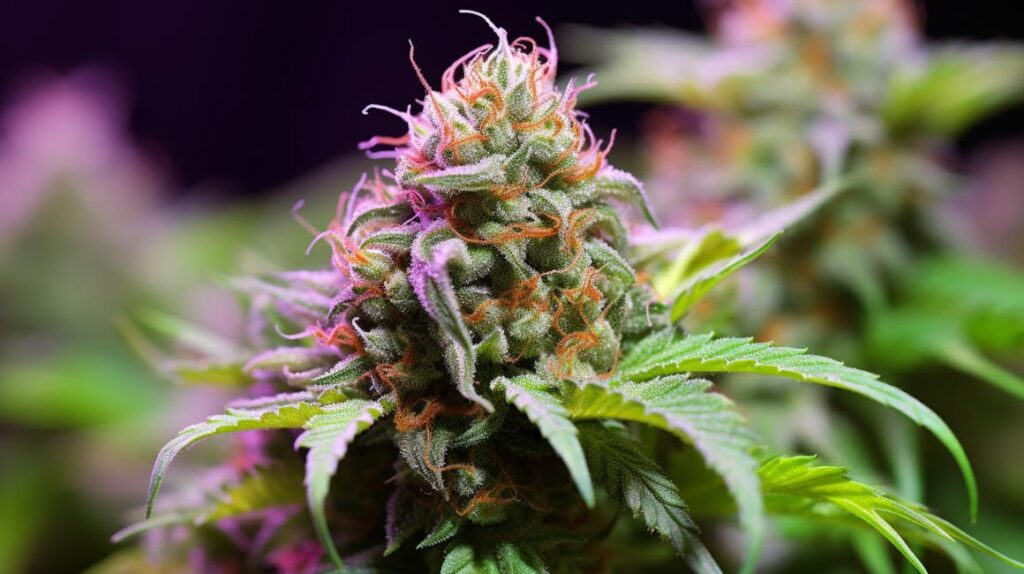
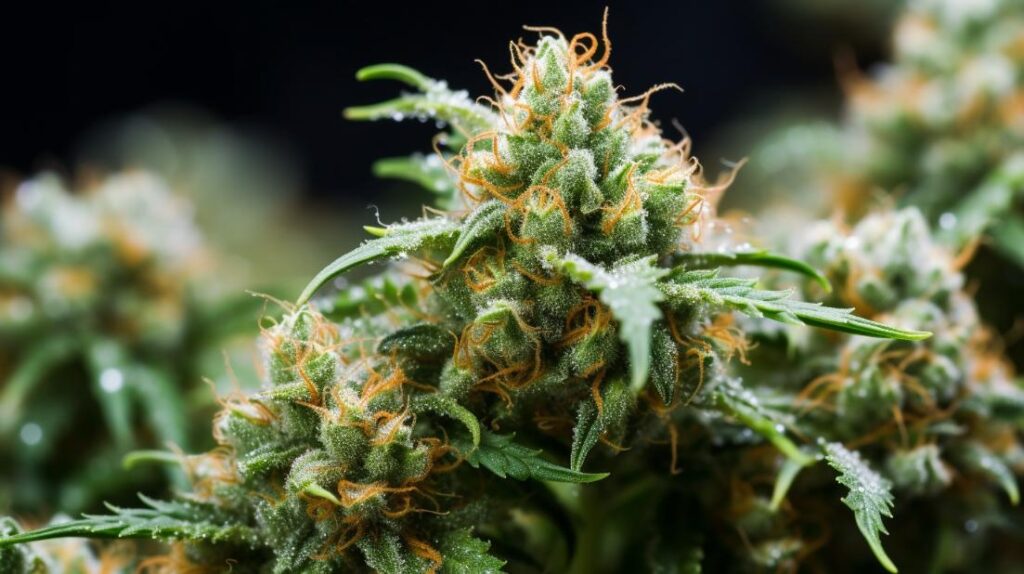
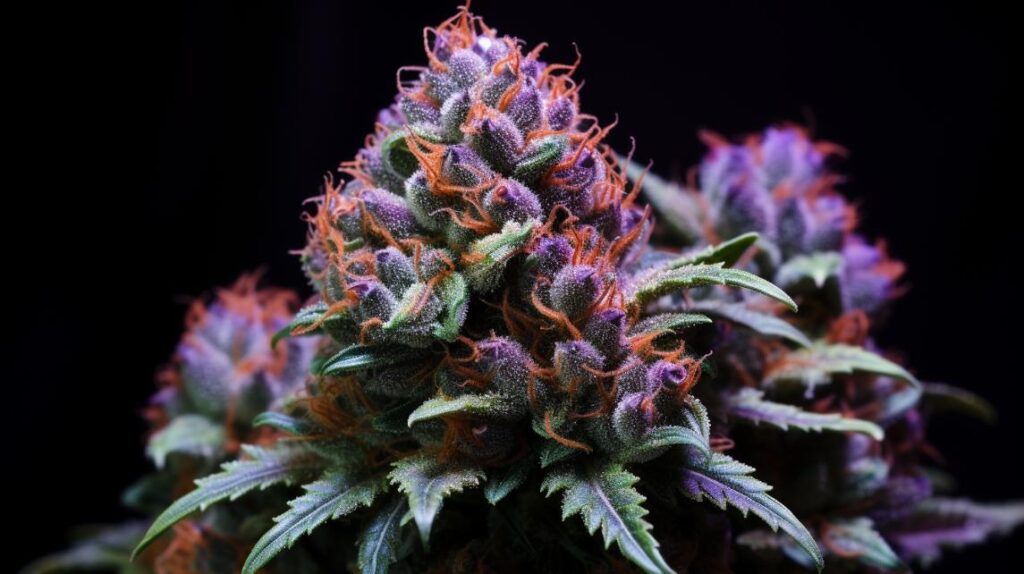
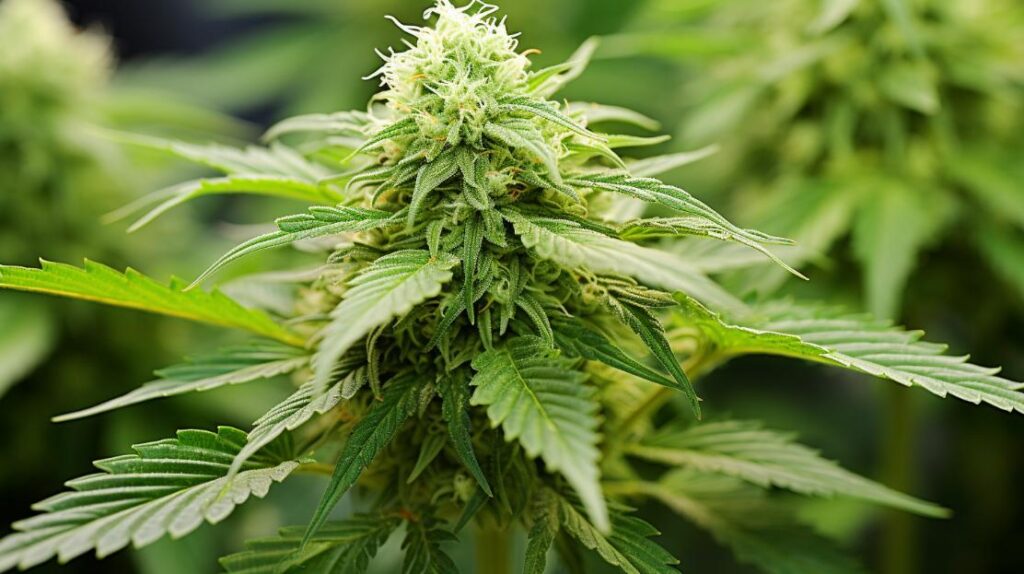
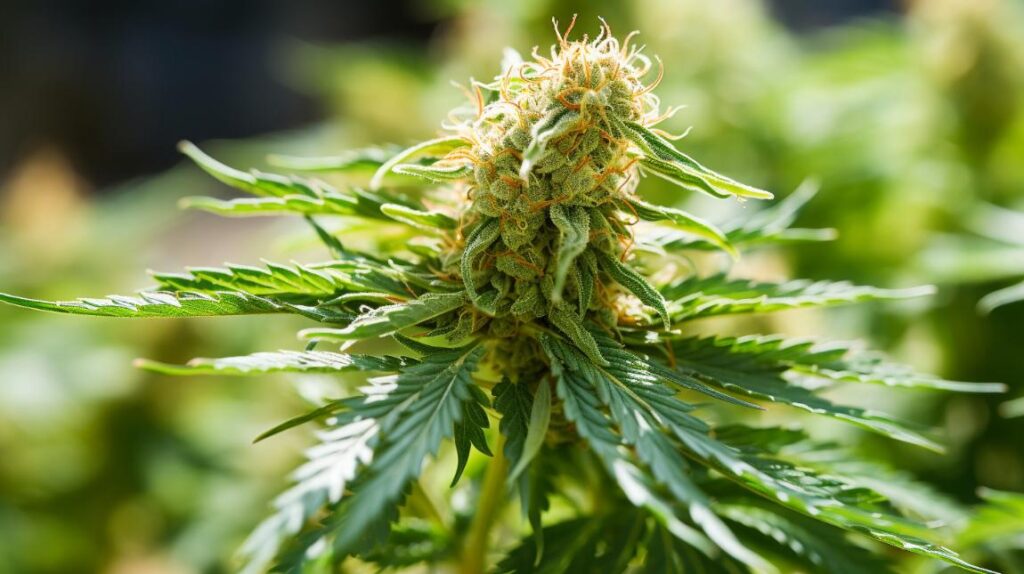

Responses